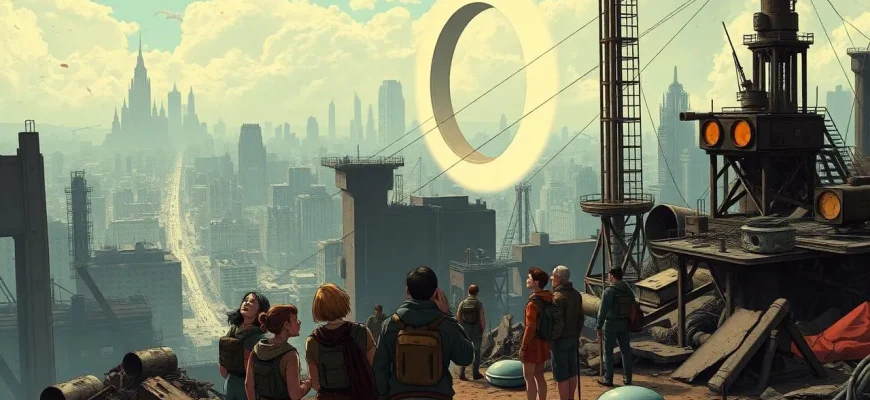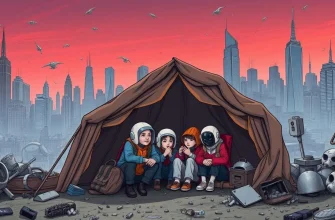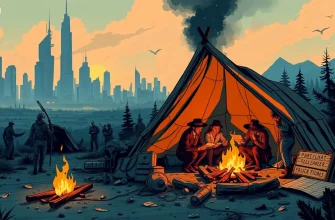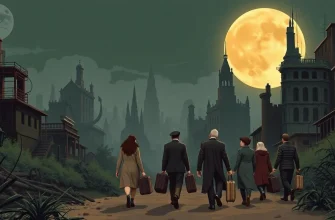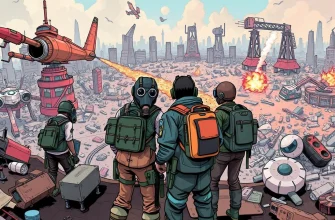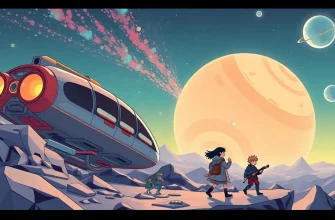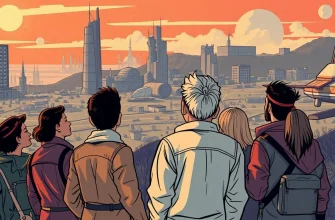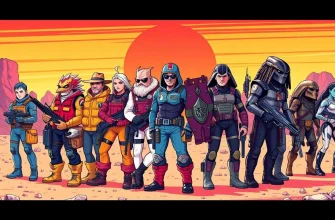If you're a fan of heart-pounding action, mind-bending science fiction, and the sheer spectacle of global catastrophes, then this list is for you. These films not only entertain but also make us ponder the fragility of our existence and the resilience of the human spirit in the face of overwhelming odds. From alien invasions to natural disasters with a sci-fi twist, each film brings something unique to the table, making this collection a must-watch for any cinephile.
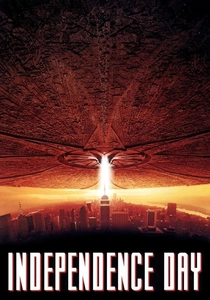
Independence Day (1996)
Description: A landmark in alien invasion films, "Independence Day" showcases a global response to an extraterrestrial threat, with iconic scenes of destruction and heroism.
Fact: The film's famous White House destruction scene was one of the first uses of CGI to depict such a large-scale event. The film's success led to a sequel, "Independence Day: Resurgence," released 20 years later.
 Watch Now
Watch Now
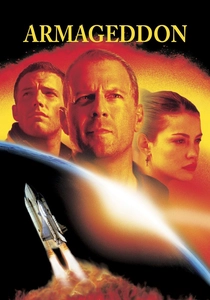
Armageddon (1998)
Description: A classic in the disaster genre, "Armageddon" features an asteroid on a collision course with Earth, and a team of oil drillers turned astronauts sent to destroy it. It's a rollercoaster of emotions and special effects.
Fact: Bruce Willis reportedly turned down a $20 million salary to star in this film, opting instead for a percentage of the profits, which ultimately earned him much more. The film's budget was around $140 million, making it one of the most expensive films of its time.
 Watch Now
Watch Now
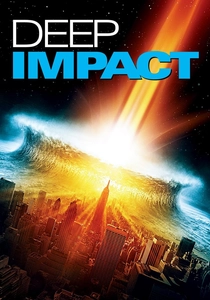
Deep Impact (1998)
Description: Another comet/asteroid film, "Deep Impact" focuses on the human aspect of impending doom, with a comet threatening to end life on Earth. It's less about the spectacle and more about the emotional journey.
Fact: The film was released in the same year as "Armageddon," leading to comparisons between the two. Interestingly, "Deep Impact" was in development first but released after "Armageddon."
 Watch Now
Watch Now
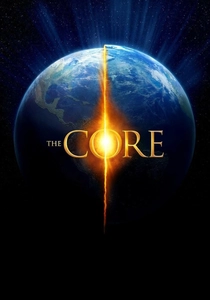
The Core (2003)
Description: This film takes a unique approach by having the Earth's core stop spinning, leading to catastrophic events. A team must journey to the center of the Earth to restart it, blending science fiction with disaster elements.
Fact: The film was inspired by the Jules Verne novel "Journey to the Center of the Earth," but with a modern, scientific twist. The concept of the Earth's core stopping was criticized by scientists for its implausibility.
 Watch Now
Watch Now
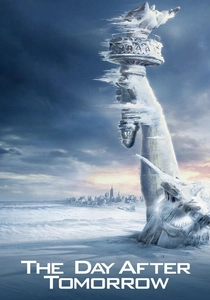
The Day After Tomorrow (2004)
Description: This film captures the essence of a sudden, catastrophic climate shift, plunging the world into a new ice age. It's a perfect blend of science fiction and disaster, showcasing humanity's struggle for survival.
Fact: The film was inspired by the book "The Coming Global Superstorm" by Art Bell and Whitley Strieber. The iconic scene where the Statue of Liberty is frozen was created using a combination of CGI and a 1/5 scale model.
 Watch Now
Watch Now

War of the Worlds (2005)
Description: Steven Spielberg's adaptation of H.G. Wells' classic novel brings an alien invasion to modern-day Earth, with a focus on the personal story of a father and his children amidst the chaos.
Fact: The film's iconic tripod machines were inspired by the original novel's description, but Spielberg added a biological twist to their design. The film's opening scene was shot in real-time, capturing the public's reaction to the alien attack.
 Watch Now
Watch Now
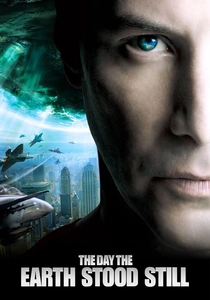
The Day the Earth Stood Still (2008)
Description: This remake of the 1951 classic explores an alien visitation with a message for humanity, but with a twist of impending doom if we don't change our ways. It's a blend of sci-fi and disaster with a philosophical edge.
Fact: The film's title is a direct reference to the original, but the plot was significantly altered to fit modern themes. Keanu Reeves' character, Klaatu, was originally played by Michael Rennie in the 1951 version.
 Watch Now
Watch Now
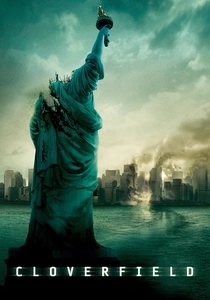
Cloverfield (2008)
Description: This found-footage film presents a monster attack on New York City, capturing the chaos and terror through the lens of a group of friends. It's a fresh take on the disaster genre with a sci-fi twist.
Fact: The film was shot in a documentary style, with the actors carrying the camera themselves to add realism. The creature's design was kept secret until the film's release to maintain suspense.
 Watch Now
Watch Now
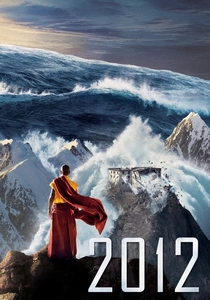
2012 (2009)
Description: Directed by Roland Emmerich, this film imagines a world where the Mayan calendar's end date triggers a series of apocalyptic events. It's a visual feast of destruction with a compelling storyline.
Fact: The film's production required the creation of over 1,300 visual effects shots, making it one of the most effects-heavy films at the time. The White House destruction scene was filmed in real-time, using a 1/12 scale model.
 Watch Now
Watch Now
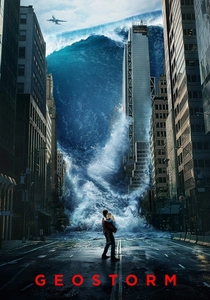
Geostorm (2017)
Description: In a world where weather can be controlled, a malfunction leads to global chaos. "Geostorm" mixes sci-fi technology with natural disasters, offering a thrilling narrative of human ingenuity against overwhelming odds.
Fact: The film's concept was inspired by the idea of weather manipulation, a topic that has been explored in various forms of media. The film's production involved creating a massive set for the space station, which was one of the largest ever built for a film.
 Watch Now
Watch Now

